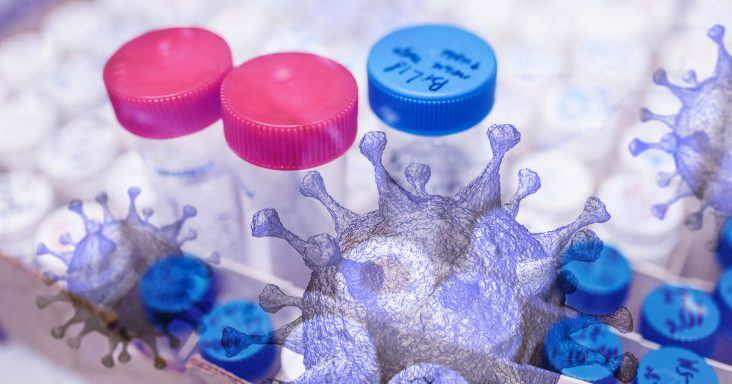Arkansas nears peak hospitalizations; spike in Latino cases continues
by May 27, 2020 4:58 pm 2,253 views

Arkansas is near its peak number of COVID-19 hospitalizations, Gov. Asa Hutchinson said Wednesday (May 27) while meeting with officials in Jonesboro. The governor said there are 108 people in the hospital, only one below from the state’s all-time high.
He and Arkansas Secretary of Health Dr. Nate Smith expect the number of hospitalizations to rise in the coming weeks, with cases among the Latino population on the rise. Also, if the public school system opens in the fall, it could be different than what students, parents and teachers are accustomed too, he added.
Even as the state reopens its businesses such as dine-in at restaurants, gyms and hair salons there has been no recorded spike in cases that correlates to the re-opening, Smith said.
“We are seeing an upswing in cases, but they don’t seem to be associated with the newly opened businesses,” Smith said.
Known COVID-19 cases in Arkansas totaled 6,277 on Wednesday, up from 6,180 on Tuesday. Of the 97 new cases, only two were from a correctional facility. The number of deaths rose from 119 to 120. Of the total cases, 1,733 are active cases, 466 are in correctional facilities and 68 in nursing homes. The number of COVID patients hospitalized in Arkansas was 108 on Wednesday, up from 107 on Tuesday. There are 22 patients on ventilators, up from 18 on Tuesday. There are 4,424 Arkansans who have recovered.
As of Wednesday at 1 p.m., there were 1,739,009 U.S. cases and 101,715 deaths. Globally, there were 5,748,853 cases and 355,305 deaths.
The state has conducted 4,033 tests in the last 24 hours, the second-most ever, and with a positive rate of 1.9%. Arkansas has conducted more than 117,000 tests since the pandemic began.
A teenage pool party in Greene County attracted national attention in recent days due to the number of party-goers that caught COVID-19. Smith said the state still doesn’t know how many teens who attended the party are infected, but state officials will soon have more info. The numbers in Greene County have and will grow significantly compared to where they were before the party, but it’s not indicative of a mass outbreak in the county. It’s a good reminder of how contagious the disease is, he added.
Among new cases from May 17-23, in the 0 to 17-year-old range, infections jumped from 190 to 278, a 46% increase. It was by far the highest leap of any age group, and Hutchinson said protocols such as social distancing, wearing masks, and limiting the numbers of people at gatherings must be followed.
State officials still are not sure why the number of cases in the Latino population has spiked, Smith said. About one in five of the new cases are impacting Latinos. It could be work-related, such as the spike in the poultry industry in recent days which tends to employ more Latino workers, but there’s not enough data to make any determinations, Smith said. It could just be that tests are now more readily available to that specific population, he added.
Hutchinson said the state is making plans to reopen the public school system on time this fall, but there could be many changes. Some course work may be offered online, and physical classrooms may have to be modified. Teachers may have to undergo specialized training. Rural broadband expansion could be part of the plan, and the governor said the Arkansas Legislature would have to be involved in several aspects of the new school year plan.
Arkansas Education Secretary Johnny Key and his department are developing a plan, and Hutchinson said he hopes to release details in the near future. When asked if there will be limits as to how many students can be in a classroom, he said those details are still being vetted.
State officials are spending a lot of time making plans and building systems infrastructure for the coming fall. Schools should be open, an election will be held and the economy will be in recovery in the midst of a potential second wave, and we need to be ready, he added.
“We are spending a lot of time looking at October, November, and December,” he said. “We have to continue to live life.”
